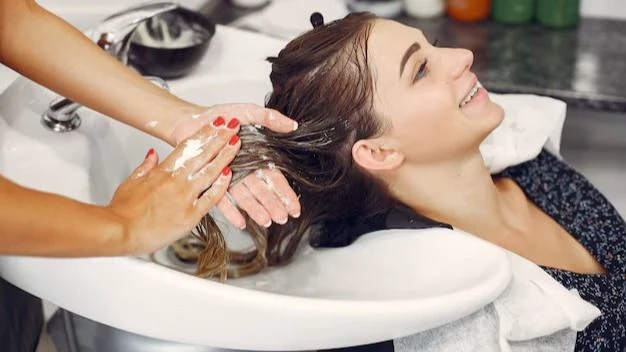In today’s beauty landscape, chemical hair treatments have become a go-to for those looking to transform their look. These treatments offer everything from sleek, frizz-free locks to vibrant new colours, but understanding their types and how to care for chemically treated hair is crucial.
Popular hair-treatment techniques
Among the various chemical hair treatments available, permanent waving is popular for adding curls and texture to straight hair, enhancing styling options. Keratin treatments are also widely sought after, as they smooth frizzy hair and promote a sleek finish. Additionally, hair colouring has evolved with exciting shades like spicy copper reds, rich caramel brunettes, and soft honey blondes, allowing for a chic, updated look. Hair texturizers help maintain natural curls and manage frizz, though they can sometimes cause damage.
Essential styling, and maintenance tips:
Adopt a Consistent Hair Care Routine: Chemical treatments can alter hair texture and cause issues like dandruff and scalp irritation. A well-structured care routine, tailored to your hair type, is crucial. Consulting a hair care expert for personalized advice is recommended.
Use Sulfate-Free Shampoos: Traditional shampoos can strip hair of essential oils. Opt for sulfate-free formulas enriched with natural ingredients like argan oil or aloe vera, which help restore moisture and preserve colour. Avoid washing hair too frequently and steer clear of hot showers that can dry out your hair.
Deep Condition Regularly: A weekly deep conditioning mask can counteract dryness and repair damage caused by chemicals. Hairstyles that reduce breakage, such as braids or buns, are also beneficial.
Protect from Heat: Minimise damage by avoiding excessive use of heat styling tools. Always apply a high-quality heat protectant before using straighteners or curling irons.
Trim Regularly: Regular trims every three months will help manage split ends and keep your chemically treated hair looking healthy and vibrant.
The downside of chemical hair treatments.Risks associated with chemical hair treatments
Recent studies highlight significant risks associated with chemical hair treatments, including potential links to cancer and respiratory issues. Long-term exposure to harsh chemicals found in dyes and straighteners can lead to serious health problems. Experts advise caution and suggest exploring safer, natural alternatives for hair care.


